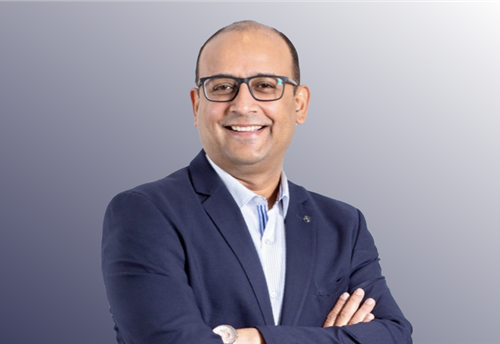Tech-enabled transportation will be imperative to drive India’s Smart Cities agenda
In 2015, India took its first major step towards building safer, greener and intelligent metropolises when the government announced its plans to develop 100 smart cities.
It is expected that by the year 2030, 40 percent of the Indian population will become part of urban areas.
The massive urbanisation brings with it huge complexities and sustainability issues – especially for the fast- growing Tier 2 and 3 cities with unevolved infrastructure that is no longer fit to deal with the huge, and almost unimagined, inflow of people. It would entail radical overhauling of our infrastructure, public services and access to growth opportunities for the citizens.
In 2015, India took its first major step towards building safer, greener and intelligent metropolises when the government announced its plans to develop 100 smart cities along with a host of urban renewal schemes. Major policy reforms and public-private partnerships are on the anvil, which will require huge investments in retrofitting, redevelopment as well as creation of satellite towns around the smart cities.
Urban transportation systems that are able to efficiently transport thousands of people within these cities would be the key enablers for the success of smart cities. It is estimated that we need an investment of $23 trillion for metro, rail, bus and other associated infrastructure over the period of next 20 years to achieve efficiency levels that are at par with global standards.
Increased mobility and industrialisation would also mean severe pressure on the ecology, considering India is among the top contributors of CO2 emissions globally, with automobiles accounting for almost 50 percent of that. The cost imperatives are worth giving a thought too, bearing in mind that the country imports about 75 percent of its energy needs for transportation fuel.
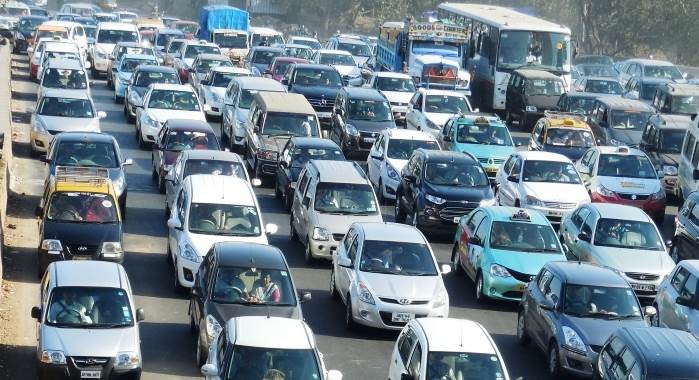
The traffic scene in Navi Mumbai, which is set to become a smart city, could be quite different with the implementation of smart transportation solutions. Image: Subhash Simhudu
For a country whose energy consumption is going to grow threefold by 2040, there is a need to diversify its sources through innovative use of technology to transform into smart cities. How cautiously we manage our resources would be important to the sustainability and livability of these cities.
While we face technical and economic challenges ahead, these also provide us with unique opportunities to build indigenous alternative solutions that can be universally replicated.
I have broken down the major areas that urban transportation planners should consider while designing their mobility systems to achieve better efficiency and reduce dependence on energy imports:
Encourage use of hybrid fuel
According to the Indian Institute of Science, in a year each diesel bus emits as much as 77 tons of CO2. In contrast, adopting an electric
bus leads to over 23.5 percent lower carbon emissions on a daily basis; and annually over 25 tons of CO2 emissions can be saved if we replace even a single diesel bus by an electric bus. The carbon benefits for electric buses are amplified if battery charging stations are powered by cleaner sources such as solar energy. In addition, encouraging personal vehicles and three-wheelers running on crude oil to convert to alternate energy, can significantly impact our carbon footprint.

The good news is that the Indian government is already on a definitive track to introduce measures that address the nation’s growing energy security concerns. With programs such as FAME India (Faster Adoption and Manufacturing of Hybrid and Electric Vehicles in India) – a part of the National Electric Mobility Mission Plan – the government is pushing up demand for vehicles running on hybrid and electric fuel.
Adopt intelligent transport systems
The occupancy in urban state transport (ST) buses is less than 55 percent today, and this is expected to dwindle further.
This is leading to significant economic losses, which are further aggravated due to operational inefficiencies. Decreased ridership is attributed to many of the challenges faced by the passenger including unavailability of buses on schedule, long waiting time and lack of safety measures.
Global positioning systems (GPS) and cloud-based technologies can make such buses more viable by using integrated hardware and software wireless systems cloud-based solutions which emit data on vehicle location, vehicle health, driver behaviour, and route. The data or intelligence collected from the bus to the command centre of the STUs can be used for taking corrective measures to improve vehicle safety and operational efficiency.
Such systems can also help in enhancing passenger convenience by displaying real-time location of the scheduled bus at the stop/ terminal or on smartphone apps.
Introduce emergency response solutions
It is reported that only 8 percent of the urban population in India uses public transport for their daily commute, and despite owning one percent of the world’s vehicle population, India contributes to 15 percent of all accidents globally. Worst is the rate of accident victim survival – 6-10 percent in Indian cities, compared to the world’s highest of 45 percent.
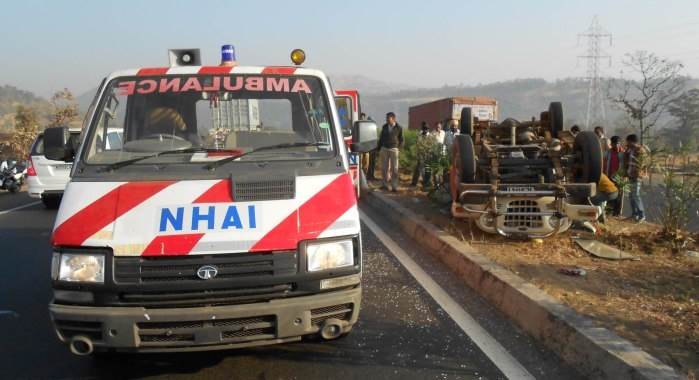
Mortality rates can be reduced with better connectivity with bus depots that can despatch medical health providers to the emergency site speedily.
This is largely due to lack of real-time communication with relevant agencies such as ambulance and fire brigade operators. Public transportation systems can considerably reduce mortality rates by introducing better connectivity with bus depots that can despatch the nearest traffic police and medical health providers to the emergency site in the shortest possible time.
Enable better monitoring of traffic control systems
India loses nearly Rs 60,000 crore every year due to traffic congestion because of low speed of freight vehicles and long waiting queues at toll plazas and checking points. At some stretches including the Mumbai-Chennai, Delhi-Chennai and Mumbai-Delhi corridor, the traffic crawls at an abysmal 20km per hour. To add to this, traffic departments often find it difficult to navigate traffic during emergencies due to lack of green corridor planning.

A lot of this chaos is possible to address, by enabling traffic police with advanced traffic prediction algorithms, vehicle traffic applications, surveillance systems and mobile-based apps that can process historic and real-time traffic volume data for operating traffic signals and sign boards dynamically, or even track traffic violators using automatic numberplate recognition enabled by image processing algorithm.
To roll out each of these effectively, each city will require an exclusive approach and private-public partnerships with enterprises which have a profound understanding of the Indian context and can localise solutions using global best practices.
RELATED ARTICLES
'ADAS' crux lies in its proactive approach to safety enhancement': TaMo's Mohan Savarkar
Savarkar writes about the role of Active Safety Technology and ADAS in Compact Cars in augmenting inclusive vehicle safe...
Maintenance 101 for your electric two-wheeler, a cheat sheet for a breezy ownership experience
The experience of owning electric bikes is new, and remaining informed, aware and proactive will help in becoming better...
How technology can advance traffic enforcement for safer roads
By ensuring that only qualified drivers occupy the roads, authorities can substantially reduce the risk of accidents ste...





 09 Sep 2016
09 Sep 2016
 33350 Views
33350 Views



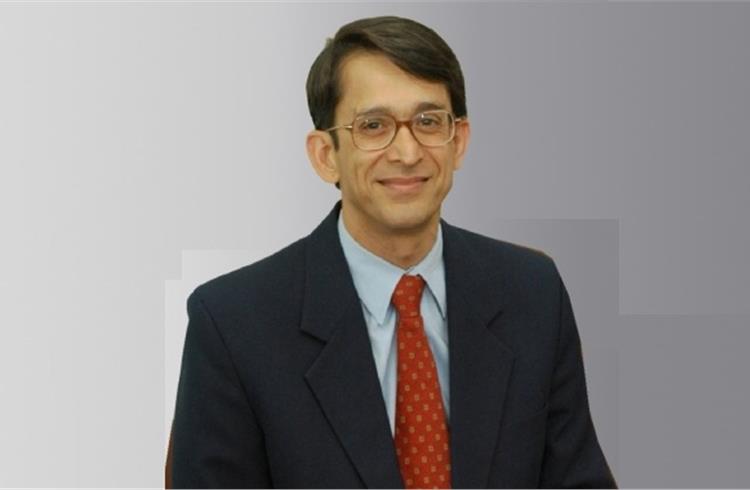
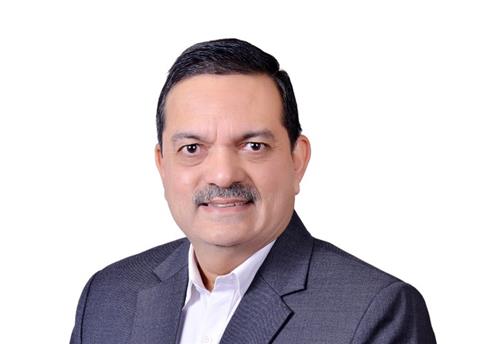
 Autocar Pro News Desk
Autocar Pro News Desk


